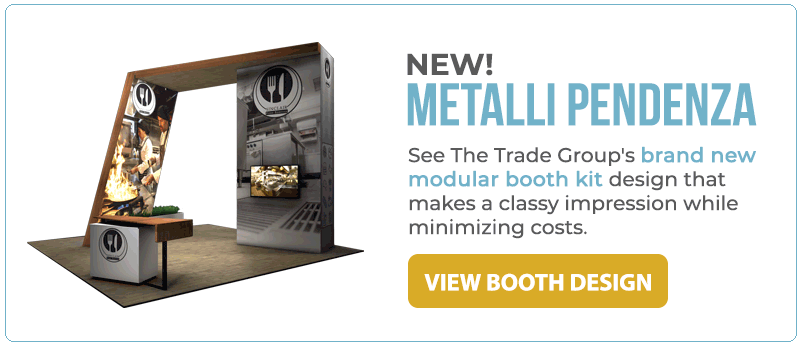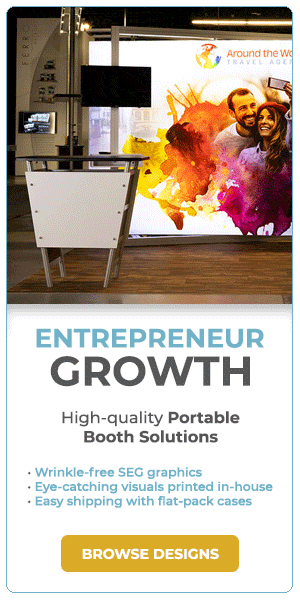Do you have a favorite potato chip?
When you’re walking down the snacks aisle surrounded by all of the different varieties, do you grab a bag without giving a second glance to the others? Why? Are potatoes used for those chips somehow different from all the others? Were these the chips you ate when you were younger? Do you know why you always go for these specific potato chips?
The most likely answer is brand loyalty.
That’s not a bad reason. People become loyal to brands because those brands have been “good” to them. Good, in this instance, means consistently delivering high-quality products and services.
Brand loyalty is something earned over time. However, the opposite is not true. Brand apathy occurs quickly and is extremely difficult to reverse. There are many reasons a consumer may turn on a brand: poor customer service, a drop in quality, failing to meet promised benchmarks, etc. However, there is one reason that companies often overlook, mainly because they don’t know they have this problem: bad branding.
What is branding?
Is branding the Nike swoosh? The shape of a Coke bottle? The Apple logo?
No. Those are all aspects of branding – good branding – but they are not the brand.
There are two aspects to positive branding:
- Building and maintaining a reputation for quality products, services, and customer service.
- Reinforcing your image through consistent use of a logo and a company’s colors.
Branding starts from the ground up. It is your corporate culture and attitude, the quality of your products and services, and, yes, your logo and company colors. A good brand resonates with its target audience and encourages their loyalty by addressing and solving their needs, eventually turning them into brand ambassadors. The consistent use of your logo and the company’s colors then reinforces your branding.
What is bad branding?
A bad brand does not resonate with its target market. If you identify with any of the following issues, you may be suffering from bad branding?
1. Lack of consistency
This issue is especially prevalent for young and growing companies or older companies that are suddenly expanding.
The main reason for lack of consistency is lack of focus – or to be kinder about it, you’re busy and have many things on your mind.
However, inconsistent branding is a nightmare. When the messaging on marketing materials and all consumer touchpoints is inconsistent or conflicting, it sends the wrong message to your customers. Your company seems unfocused and lacking direction. The result is that your target audience becomes confused and frustrated with your brand.
Here’s an example of inconsistent branding at a trade show:
The logo for Company X is a lion’s head silhouetted against three pastel stripes of yellow, turquoise, and orange going from top to bottom. When Company X attended its first trade show, it used a 10-foot display with exhibit graphics prominently featuring its logo and brand colors.
After a few shows, Company X decided to accessorize the display with a retractable banner stand and a printed table throw. However, Company X ordered the banner’s stripes in this order, turquoise, orange, and yellow, which is different than the display. It also ordered the table throw with brighter colors that make the orange stripe appear to be red.
The result is a trade show display that looks disorganized and messy. Instead of attracting visitors, this exhibit tends to repel people due to its chaotic and confused appearance.
2. Lack of omnipresence
Your brand is not just your products, services, logo, or brand colors. Your brand is how you answer the phone. It’s the look and usability of your website. It’s the ease of use and appearance of your packaging.
At a trade show, your brand is represented by everything in your display or by sporting your brand’s logo and colors. Meaning if your staff looks disinterested or bored, then your brand appears disinterested and bored. If staff is engaged in conversation and ignores a visitor, then it seems like your brand does not care about its potential customers. If there is trash on the counters or scattered on the floor, then your brand looks slovenly and messy.
The solution is to have employees who are committed to – even excited about – delivering your brand’s message.
3. Lack of employee buy-in
Since your staff, at trade shows and beyond, represents your brand, they must have a favorable view of it. When employees don’t understand what a brand means – or are actively opposed to it – their attitude negatively impacts their work. When your employees deliver messages that conflict with your branding, it confuses and alienates potential customers. It is impossible to deliver a strong, unified brand message when your employees don’t have a reliable understanding of or commitment to the brand.
The solution is to turn your employees into brand advocates
This starts with your company’s culture. If your employees are just punching a clock or, worse, unhappy at work, they will not cast a positive reflection of your brand. Next, it is essential to reinforce your brand initiatives through training. While a repeating series of employee training sessions may not sound like the best way to keep employees happy, you can take advantage of innovative technologies and gamification techniques to keep these sessions lively, engaging, and entertaining.
Brand advocate employees are empowered employees who can confidently speak about the benefits of your brand. When asked a question at a trade show, a less committed staffer will pause and stammer through an answer, while a brand advocate will assertively respond to any question without hesitation.
By creating internal brand advocates, you are helping to secure your company’s future because committed employees will help you innovate and grow. Also check out how to practice brand authenticity for more insight into how to strengthen loyalty to your brand.
When it comes to your brand consistency at trade shows, rest assured that your friends at The Trade Group will ensure that your trade show booth and all accessories are consistent and eye-catching. To see how we can assist your brand, give us a call at 800-343-2005 or contact us here.




